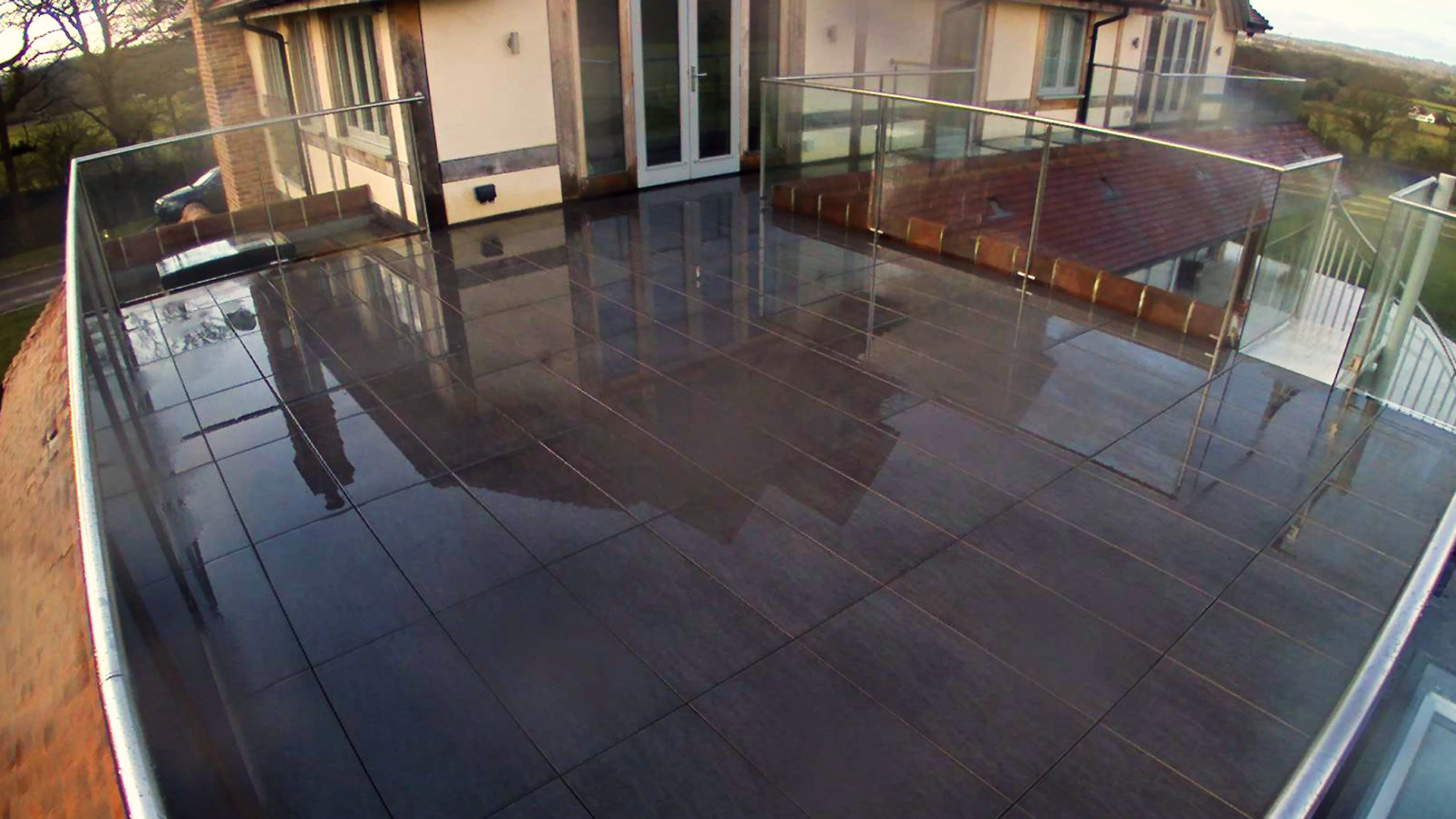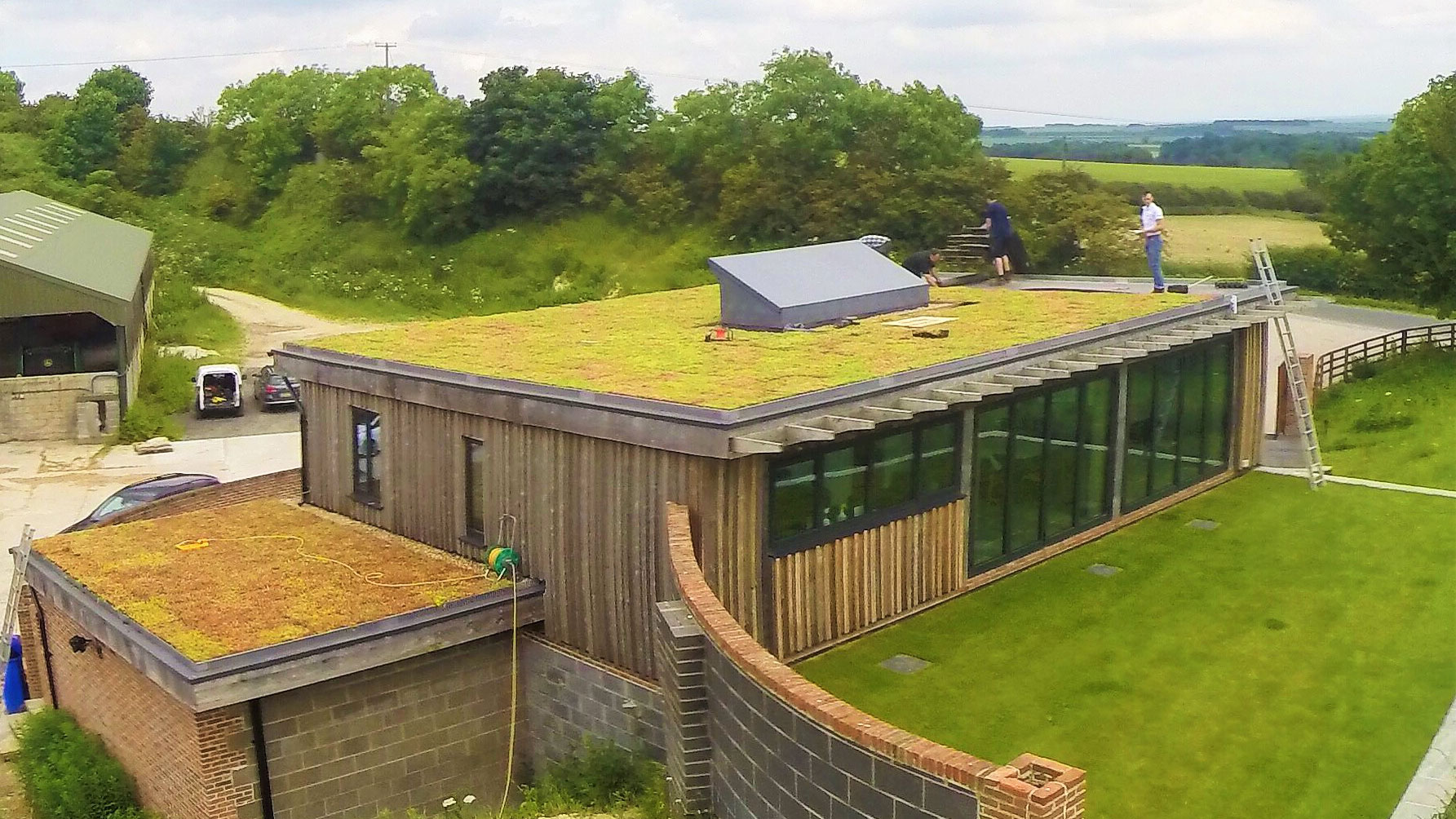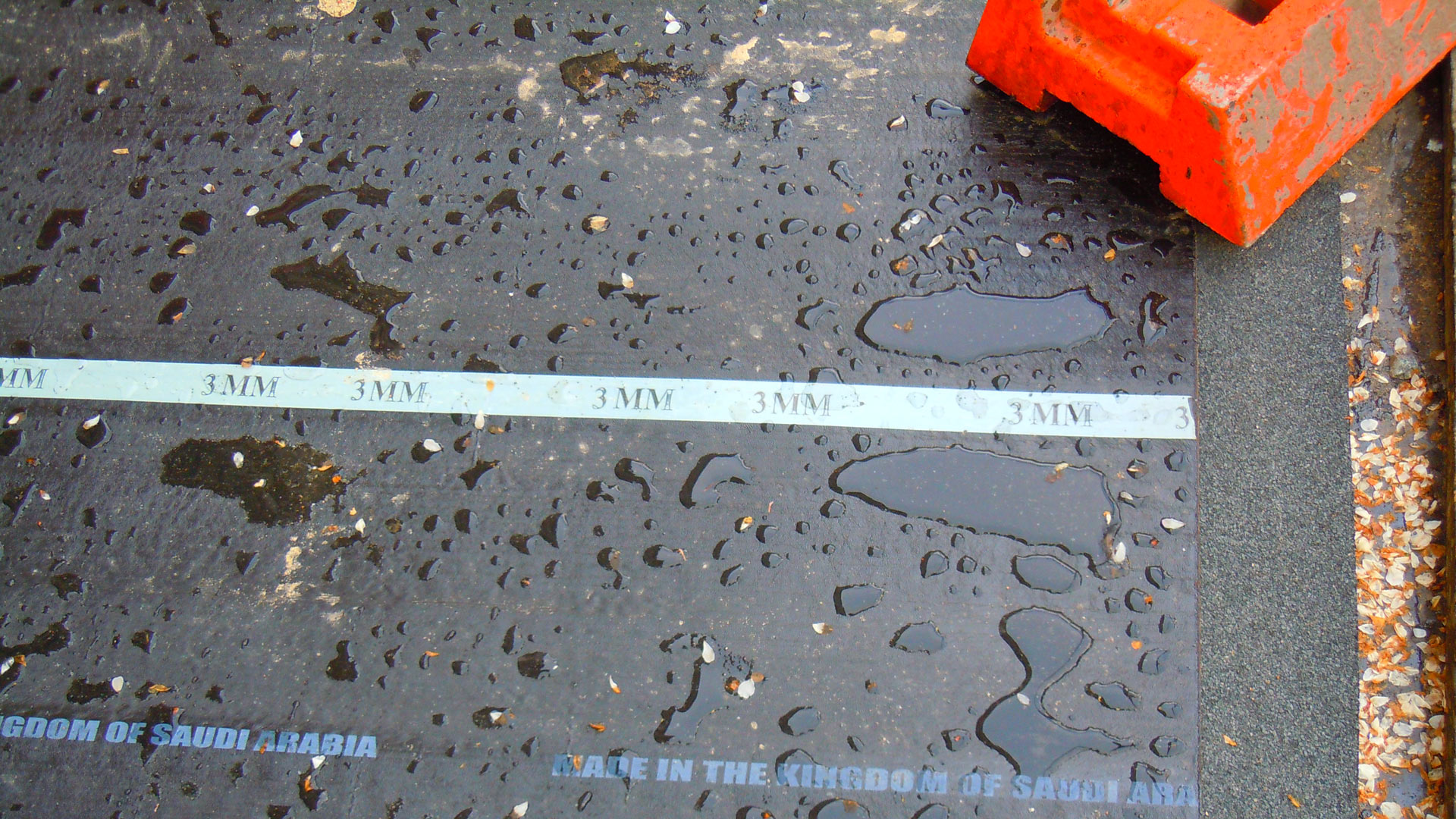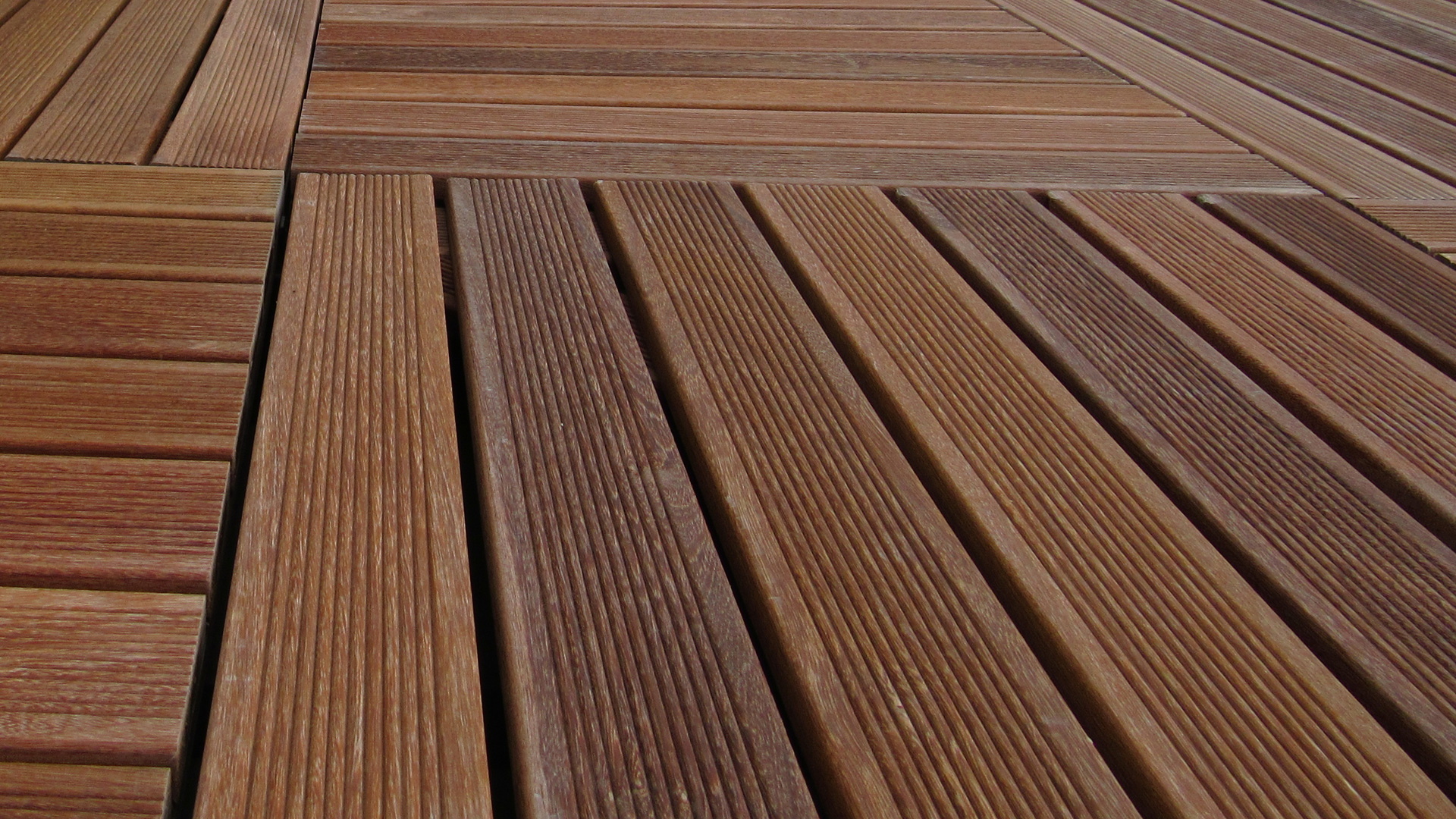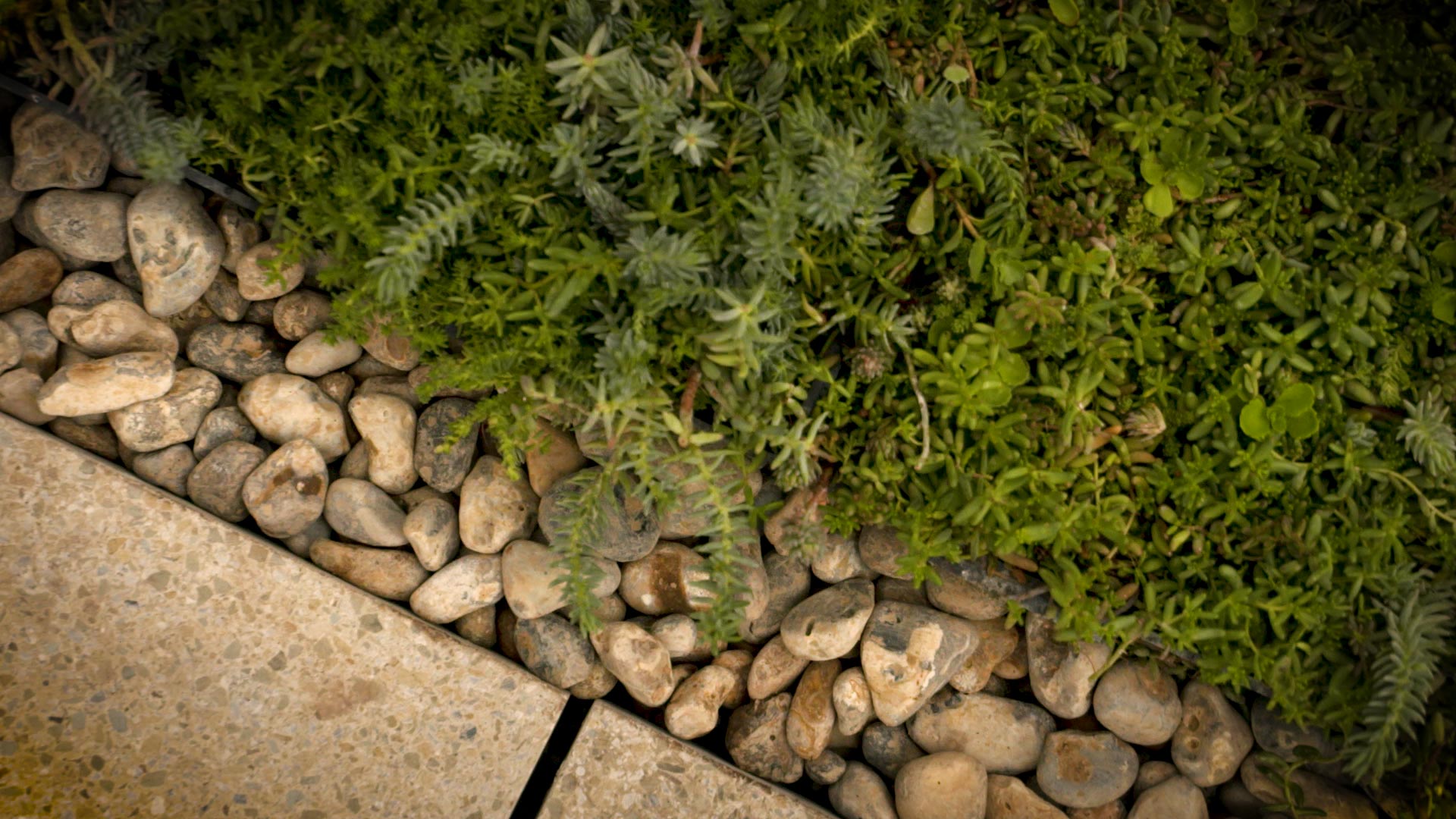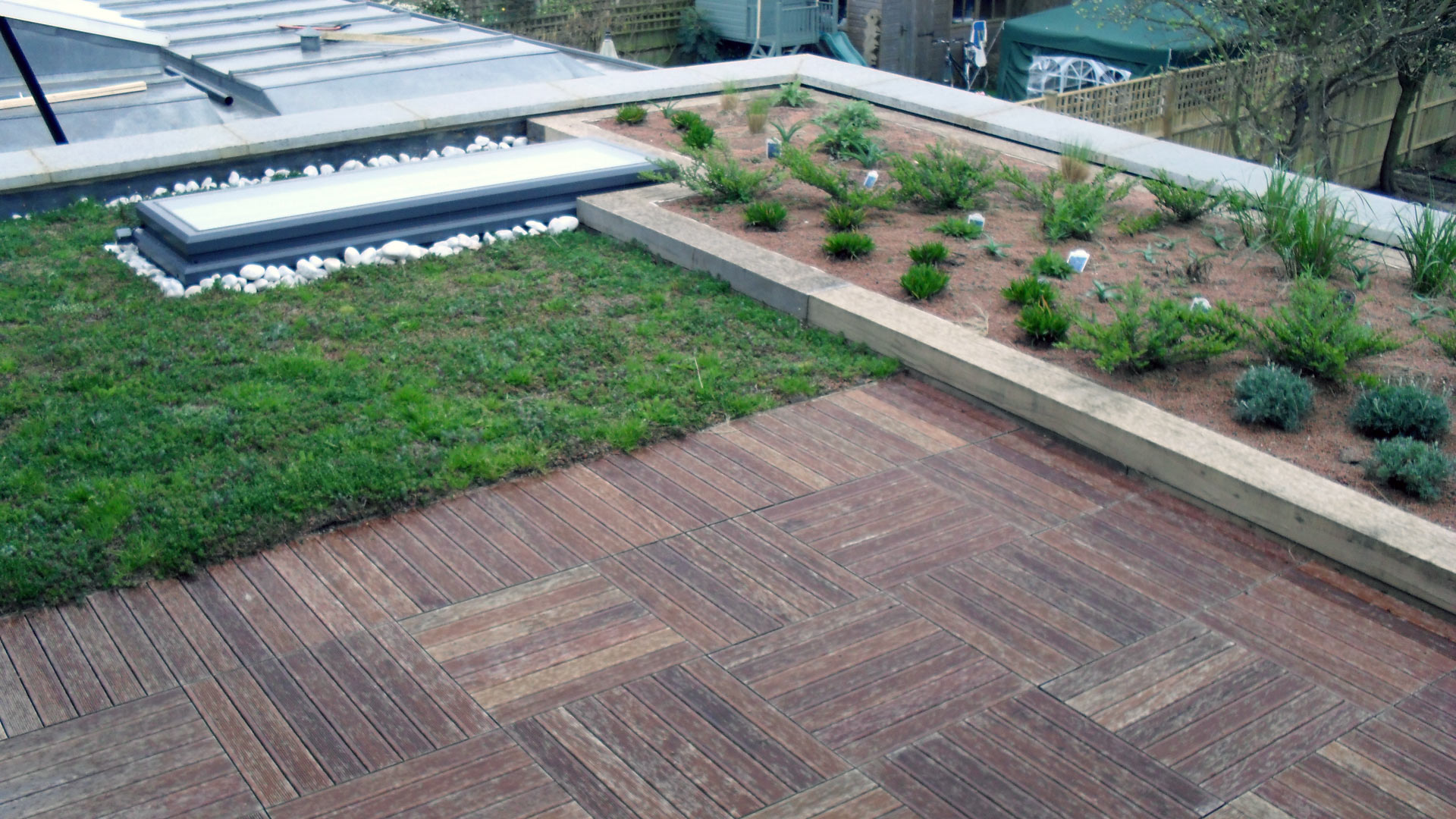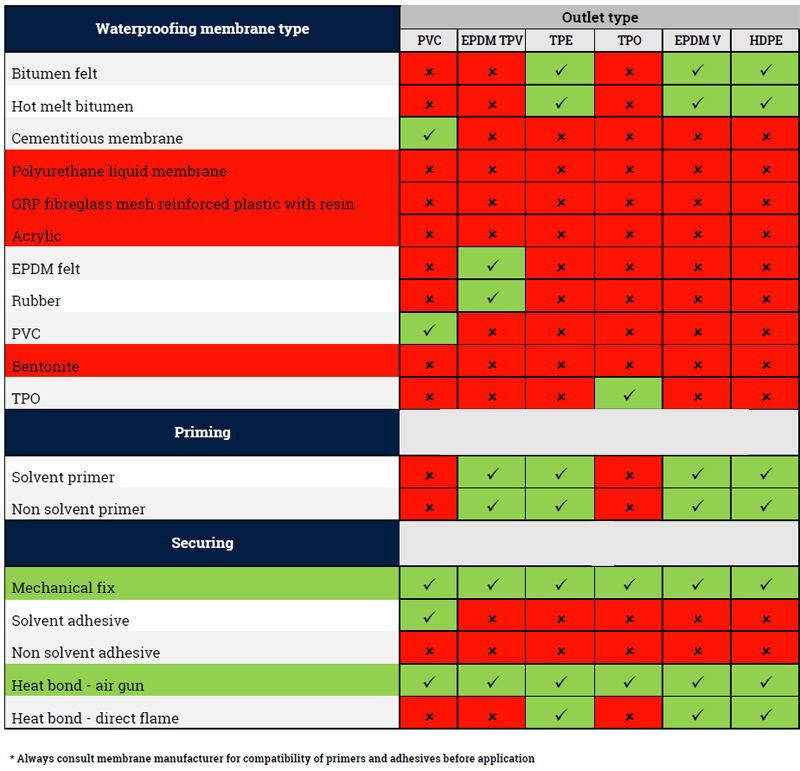From May 26 to June 26, the Dutch city of Rotterdam is showcasing the potential of rooftops. The Rotterdam Rooftop Walk connects rooftops through air bridges, offering a vision of the future of cities.
“Often, cities offer little space to develop more green spaces, and rooftops provide that space for plants and for biodiversity,” says Léon van Geest, director of the Rotterdam Dakendagen Festival.
Green rooftops can be an effective solution to urban heat islands, cities or specific neighborhoods within an urban area that have become much warmer than their surroundings due to absorbing and re-emitting the sun’s heat. Disenfranchised urban areas are particularly struggling with heat: A 2021 study in the Nature Communications journal found that heat exposure tends to be higher in lower-income neighborhoods, both in the U.S. and globally. Residents of these neighborhoods are also less likely to have air conditioning, or may be unable to afford to use it even if they do have it. This heat exposure aggravates inequality through risks such as higher heat-related mortality, heat strokes, dehydration, loss of labor productivity and decreased learning capacities, while also increasing costs for air-conditioning.
Enter green rooftops. They can take many shapes — lush gardens, potted plants, solar panels, urban farms, wildflower meadows and community spaces painted in light colors that absorb less sunlight — and can help combat heat islands in several ways. Plants and even trees on the roofs of buildings can drastically lower the urban heat island effect by reducing temperatures. According to the EPA, citywide ambient temperatures can be lowered by 5 degrees Fahrenheit with green roofs, reducing building energy use by up to 0.7 percent and thus lowering energy demand. Green roofs can also retain water and thereby prevent or reduce urban flooding. They filter greenhouse gas emissions and other pollutants from the air and attract more biodiversity.
Ashish Sharma, atmospheric scientist and graduate faculty at the University of Illinois Urbana-Champaign, researches how low-income neighborhoods could benefit from more green roofs in Chicago. In a 2018 paper on the role of green roofs in reducing heat stress in vulnerable urban communities, Sharma writes that “efforts to mitigate heat impacts, such as implementation of green roofs, offer solutions to issues of social justice as well.” Sharma and his team have identified several neighborhoods on the South Side and West Side of Chicago that are highly vulnerable to heat, have high electricity consumption, and also could benefit from green roofs to reduce temperatures. But the infrastructure is only one aspect of green roofs.
“You have to really invest in having the community on board with the green rooftops,” van Geest says. Experience from Rotterdam has shown that maintenance is a key issue. To properly maintain these spaces, you need ownership. Often, someone from the community takes the helm in managing a green rooftop, but in vulnerable communities, many people have more pressing worries than whether their roof is green. Rooftop community gardens and urban farms, as seen in Singapore or Cairo, are a good solution: They provide all the benefits of green roofs while also supplying fruit and vegetables to building inhabitants.
Another challenge for green rooftops, particularly in lower-income neighborhoods with lower budgets, is funding. Sharma has an idea for that, too.
“Big corporations, such as supermarkets, need to step up and install green rooftops over their commercial properties in poor and vulnerable neighborhoods. By doing so, those residents and nearby neighborhoods will be able to access benefits of reduced temperatures and address the question of environmental justice,” Sharma says, adding that such public-private partnerships might be a smart and affordable approach to addressing environmental inequity.
For the full story, please visit – https://www.greenbiz.com/article/what-rotterdam-teaches-about-power-green-roofs






